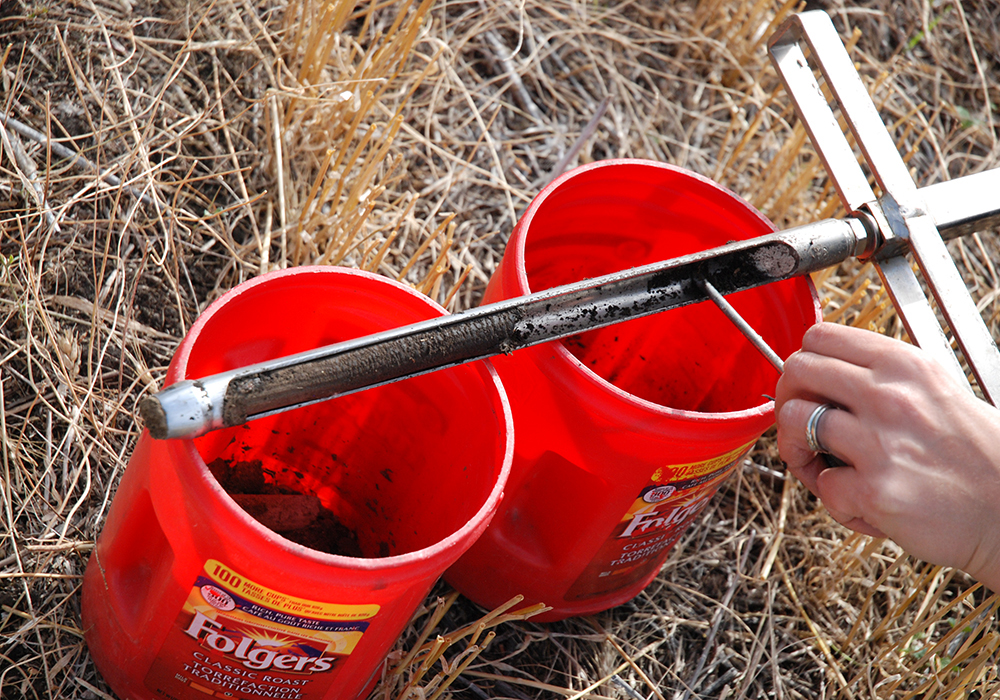The Canadian Fertilizer Institute’s Crop Nutrient Uptake and Removal Guideline was a valuable tool in its day, but old age has shown its hand
Agronomists have long known the Crop Nutrient Uptake and Removal Guidelines for Western Canada were obsolete.
They didn’t recognize new crops, fertilizer technology, new varieties and new soil management practices.
The guide is now being revised to bring it in line with the realities of today’s agronomic practices. It was developed in the 1990s by fertility specialists John Harapiak and Rigas Karamanos, using soil samples from research plots across the three prairie provinces.
The new guide revision project is expected to be explained in detail at the Ag in Motion digital event on June 23, by Fran Walley from the University of Saskatoon. Walley, a professor in the College of Agriculture and Bioresources, will delve into how the project will revise macronutrient and micronutrient uptake and removal.
Read Also

Growing garlic by the thousands in Manitoba
Grower holds a planting party day every fall as a crowd gathers to help put 28,000 plants, and sometimes more, into theground
The project includes 14 crops and will be based on samples collected from commercial fields across Manitoba, Saskatchewan and Alberta. Although the guidelines have been revised and updated over the years, most of those revisions are based on data collected several years ago from research plots.
For the updates, samples will come from commercial fields only, and not from research plots.
In a June 21 phone interview, Walley said her staff had just completed crunching numbers from 2020 soil sampling, which is the first year of the project.
“We took representative samples across all three provinces. We collected 100 grain samples from each of 14 crops now grown. And these were all from commercial fields,” said Walley.
“COVID-19 shut down all hiring of summer grad students, which we normally would have hired for something this big. So we enlisted the services of agronomists to collect the samples and send them in.
“We’re running analysis of these grain samples for NPK and S plus a suite of micronutrients. We have yield data on those samples. Our mandate is to put together revised nutrient uptake and removal guidelines.”
Walley said COVID-19 has slowed the process, but her smaller-sized team is now crunching the date from the 2020 samples. By fall, she said the first set of data will be available. However, this will not be the definitive revised recommendation.
She pointed out that John Heard, fertility specialist with Manitoba Agriculture, did some work in 2006 to update the recommendations. Back then, he was already seeing variance between published recommendations and actual lab analysis.
“We’re going to get some new numbers to work with, and a better understanding of what the uptake and removal is for micronutrients. As we all know, micronutrients still remain as somewhat of a mystery.
“We know that we’re harvesting micronutrients and removing them over time. We harvest grain and transport it halfway around the world, so micronutrient deficiencies show up in our fields. Maybe the micronutrient bank account is getting a little bit too low?”
Walley said the project will render credible information on nutrient recommendations within six months. The sample gathering will continue for another year, but she said the 2020 collection project can give agronomists credible information. She said two years of data, with 1,400 samples each year, is a robust volume of information that agronomists and farmers can trust.
Research partners include Rich Farrell from the soil science department at the University of Manitoba, Lyle Cowell from Nutrien Ag Solutions and John Heard from Manitoba Agriculture.


















